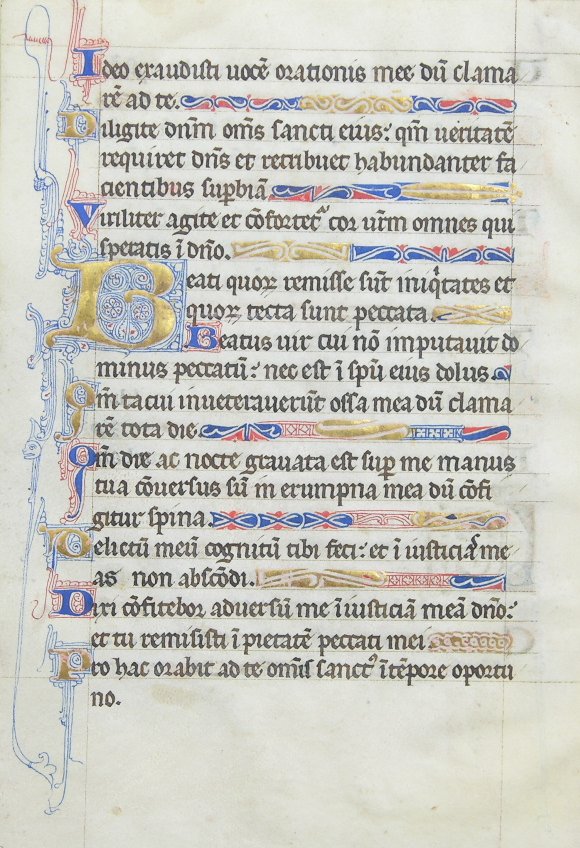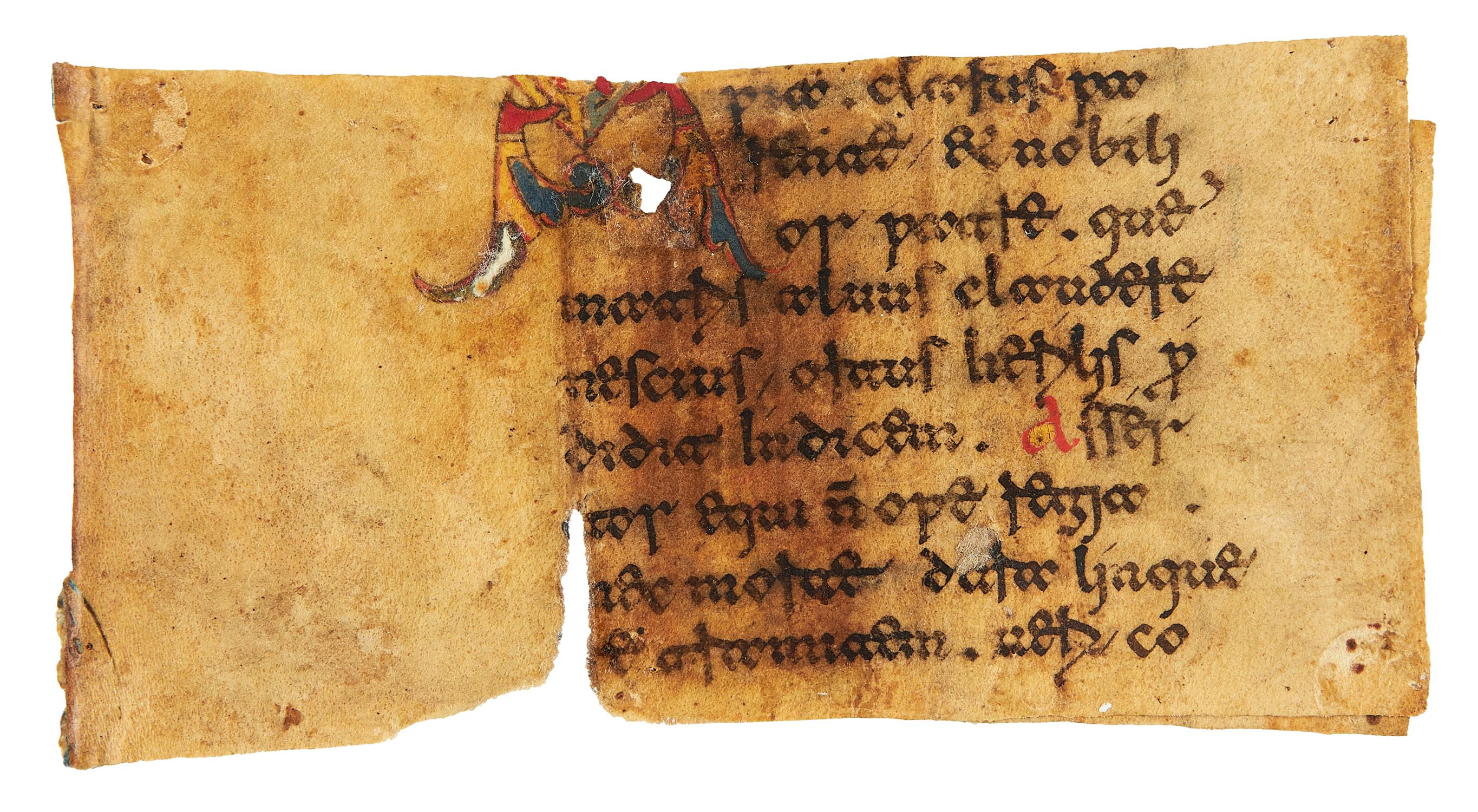

The first line (1.1.1) starts after the Om sign about 60% to the right of the first line, and the page also shows a part of 1.2.1 in the last line. The above image is from Mandala 1, Hymn 1, of a northern recension of the Rigveda manuscript. Later paper and cloth versions were produced, where the page size was similar to the heritage palm leaf-like long pages. The scripture was written on palm leaf manuscripts, copied for preservation in Hindu temples and monasteries. In Sanskrit, they were written in many Indic scripts. The corpus of Vedic texts, as well all post-Vedic texts, are generally accepted to have been orally transmitted from generation to generation for over a millennium, till about the start of the common era. The hymns are set in the form of dialogues, dramatic play, or pedagogic style. They contain hymns that cover a wide mix of topics: benedictions, mythologies, questions and riddles, the methodology for yajna sacrifices, potions and incantations, drama and poems, samskara (rites of passage verses), philosophy and mystical speculations. These texts are in the archaic Sanskrit language and include four layers of texts, samhita being one layer of the Vedic literature. The Rigveda samhita is dated between 1800 to 1200 CE, while the others to between 12 CE.

English: The Vedas are scriptures of Hinduism.


 0 kommentar(er)
0 kommentar(er)
